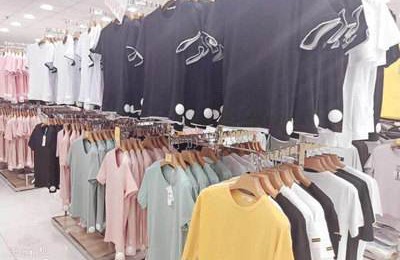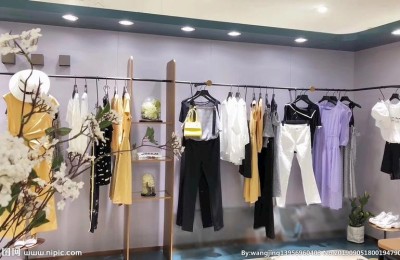Rural Revitalization Interview丨Extending the Xinjiang cotton industry chain from three directions
The world’s cotton looks to China, and Chinese cotton looks to Xinjiang. On the existing basis, how to improve the quality and output value of Xinjiang cotton from the perspective of the entire industry chain?
Regarding this issue, on February 6, during the Rural Work Conference of the Autonomous Region Party Committee and the Conference on Promoting High-Quality Development of Rural Revitalization, the reporter conducted an exclusive interview with Li Fuguang, Director of the Cotton Research Institute of the Chinese Academy of Agricultural Sciences and Chief Scientist of the National Cotton Industry Technology System .
Li Fuguang believes that although Xinjiang is currently promoting machine-picked cotton in a large area, there is still a problem of incomplete matching of agricultural machinery and agronomy. Specifically, in order to mechanize picking, defoliants must be applied about 25 days in advance, which results in the loss of photosynthetic function of cotton leaves and the inability to effectively supply nutrients to cotton. The cotton fiber nutrients are not stimulated enough and are easy to break.
In response to this problem, Li Fuguang suggested cultivating cotton varieties that match agricultural machinery, such as compact plant types, so as to appropriately reduce the planting density of cotton. In this way, the ventilation and light transmission effect is good, the leaves are easier to fall, the quality is guaranteed, and the yield will not be lost.
In addition, there are hundreds of cotton varieties in Xinjiang. The length, strength, fineness, uniformity and other indicators of cotton fibers are uneven and difficult to control. In this regard, Li Fuguang suggested that “one factory, one product” be implemented in Xinjiang, which means planting one variety on 50,000 to 100,000 acres of land around a ginnery. In this way, all indicators of cotton ginning from a ginnery will be more consistent.
Cotton production involves five elements: seeds, water, fertilizer, medicine, and machinery. Li Fuguang believes that if the five links are organically unified and a guideline is issued to allow everyone to produce according to this specification, the quality of Xinjiang cotton will be improved and the cost will be reduced while ensuring output.
“So, as long as Xinjiang measures are in place, it is not a dream at all for cotton quality to surpass Australia, or at least reach Australia’s level.” Li Fuguang said.
The short cotton industry chain in Xinjiang is an issue of special concern to Li Fuguang. He said that cotton is a crop with a very long industrial chain. The longer the industrial chain, the higher the added value.
In Li Fuguang’s view, Xinjiang now has the conditions to extend the industrial chain, and it is recommended to extend the industrial chain from three directions: cotton fiber, cotton seed, and cotton straw.
For cotton fiber, we need to develop back-end industries such as textiles, cloth, printing and dyeing, and clothing. Fiber deep processing extends the industrial chain.” Li Fuguang said.
In addition, “cotton fiber only accounts for 40% of cotton output, but cottonseed accounts for 60%. Therefore, Xinjiang should also work hard on the cottonseed industry chain.” Li Fuguang said.
“I have been to Xinjiang so many times, but few people have talked to me about cottonseed oil.” Li Fuguang lamented. In addition, cottonseed protein is a promising protein feed for dairy cows.
Xinjiang produces 27 million tons of cotton straw every year. Unfortunately, these cotton stalks are left in the ground in vain. “Suppose we make cotton straw into packaging materials used in the express delivery industry, and the added value will be great.” Li Fuguang suggested.
By grasping the key to extending and expanding the industrial chain, more of the added value of Xinjiang’s cotton industry will remain in Xinjiang. “my country’s traditional academic research mainly focuses on cotton fiber; now we have deployed scientific research efforts around cotton seeds and cotton straw. I believe that in a few years, we can make greater contributions to the development of Xinjiang’s cotton industry.” Li Fuguang said with confidence. .
AAA
Disclaimer:
Disclaimer: Some of the texts, pictures, audios, and videos of some articles published on this site are from the Internet and do not represent the views of this site. The copyrights belong to the original authors. If you find that the information reproduced on this website infringes upon your rights, please contact us and we will change or delete it as soon as possible.
AA







